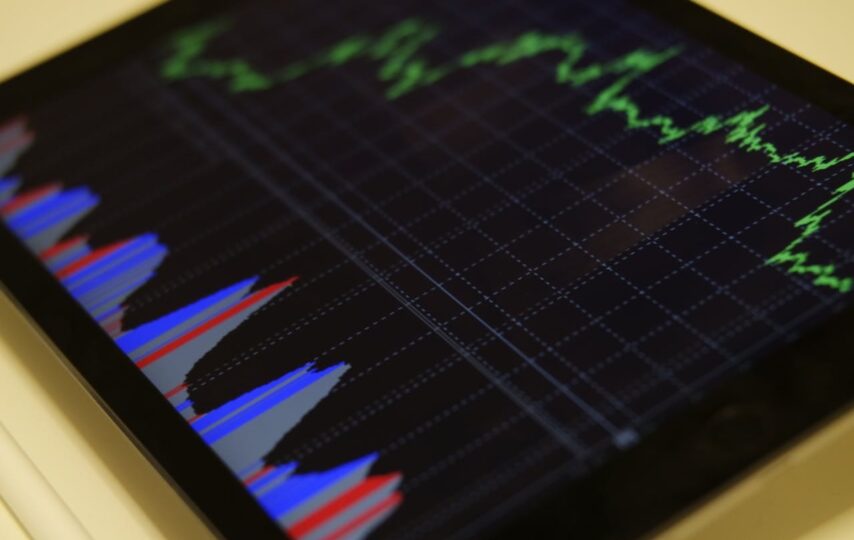In the fast-paced world of stock trading, having the right technology can make a significant difference in performance and profitability. Stock brokers require tools that are both reliable and advanced enough to keep up with market demands. Selecting the appropriate technology requires a thorough understanding of requirements, a rigorous assessment of available alternatives, and an investment in long-term and high-performing solutions.
Assessing Your Trading Needs: Understanding Your Requirements
It’s important to determine your unique trading requirements before making any technological investments. This entails being aware of the number of trades you place, the kind of trading you do (day, swing, or long-term investing), and the equipment needed to back up your trading techniques. For example, high-frequency traders need very fast trading PCs with strong CPUs and plenty of RAM to support quick execution and data processing. However, long-term investors could place more importance on strong data analysis tools and dependable internet access.
Evaluating Hardware: Investing in High-Performance Machines
The gear you choose will determine how successful you are in trading. For transactions to be completed quickly and effectively, high-performance trading computers are necessary. For these computers to manage enormous datasets and complicated trading algorithms without latency, they need to have strong processors, a sizable quantity of RAM, and modern graphics capabilities. Furthermore, SSDs improve overall system performance by providing quicker data retrieval rates than conventional hard drives. Consider the components’ scalability when assessing hardware so that it can be upgraded in the future as your trading needs increase.
Software Solutions: Leveraging Advanced Trading Platforms
The software you use is just as important as the hardware. The instruments required for market research, trade execution, and portfolio management are offered by advanced trading platforms. To make your trading process more efficient, these platforms have to include real-time data feeds, easily customizable charts, and automated trading features. To safeguard your data and transactions, look for software that includes strong security features and interacts easily with your current systems. Take into account the platform’s user interface and simplicity of use as well, making sure that it helps you be more productive rather than getting in the way.
Connectivity and Security: Ensuring Reliable and Secure Trading
An effective trading setup requires strong security measures and reliable internet access. Fast trade execution and instant access to real-time market data need high-speed internet. To protect yourself against future disruptions, think about establishing several internet connections. Because trading platforms and data are popular targets for hackers, security is equally crucial. To safeguard your trading environment, invest in complete security solutions, such as firewalls, antivirus software, and encryption methods. Update your systems often to fix security flaws and fend against new attacks.
Customer Support and Training: Maximizing Your Technology Investment
Investing in technology entails not only purchasing the best hardware and software but also ensuring that these tools can be used effectively. Seek for technology suppliers that give thorough training materials and top-notch customer service. Having access to skilled assistance can make a big difference in your trading experience, whether it’s for resolving technical difficulties or learning how to get the most out of your trading platform. User manuals, webinars, and tutorials are examples of training materials that can assist you in fully realizing the potential of your technology and incorporating it into your trading tactics. To optimize your trading efficiency and success, you can make the most of your technological investment by using customer assistance and training.
Conclusion
Selecting the right technology for stock trading involves a careful evaluation of your needs, hardware, software, connectivity, security, and support. You can maximize your trading operations by understanding your needs, making the necessary investments in high-performance trading machines, and using cutting-edge software. Strong security measures and reliable connections protect your trading environment, and the value of your technology investment is increased by first-rate customer service and training materials. With the right technology in place, you can navigate the complexities of the stock market with confidence and achieve your trading goals effectively.







